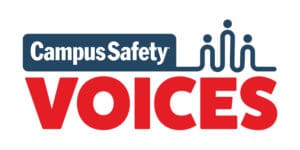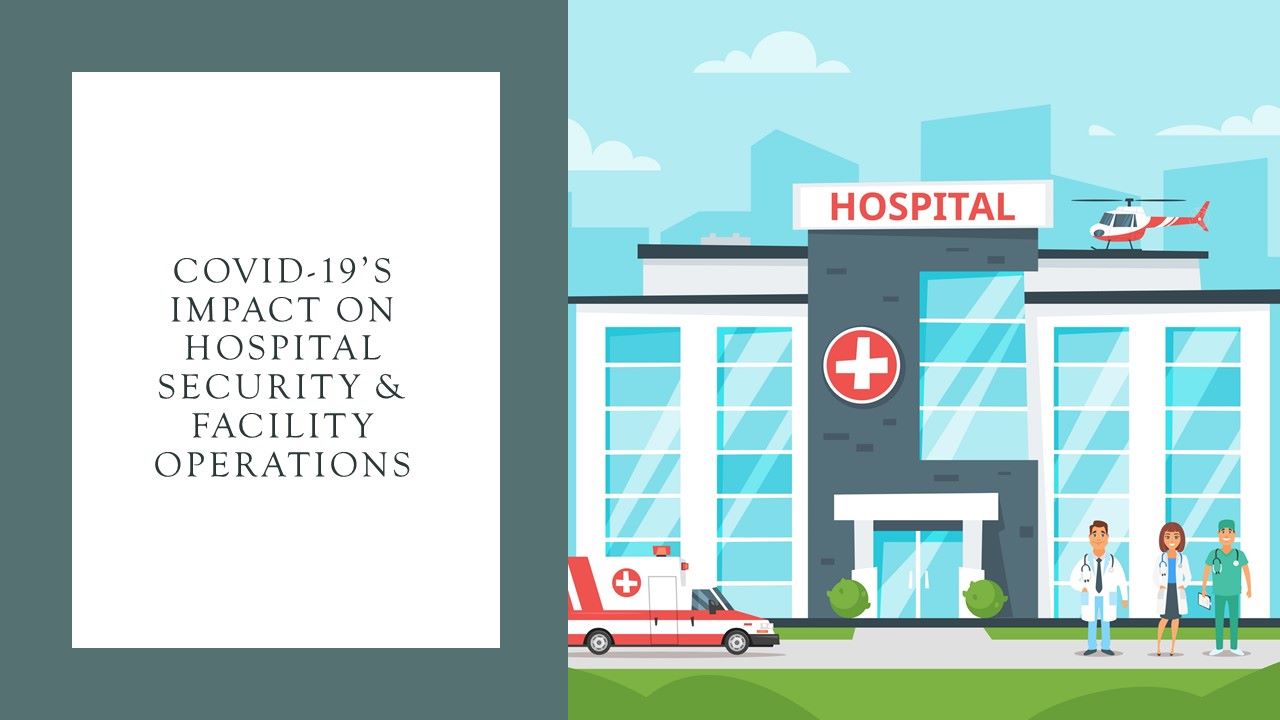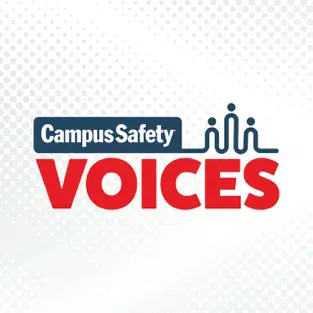You can watch or listen to the full podcast interview above. If you prefer to listen on-the-go, you can download the podcast to your mobile device on iTunes and Spotify! Make sure to follow or subscribe on your platform to be alerted of the latest episodes as soon as they become available.
The COVID-19 pandemic has had a profound impact on all aspects of our personal and professional lives, and perhaps no where has the coronavirus had a greater impact than on hospitals. From patient surges to non-emergency procedure cancellations to employees working remotely to staff illnesses to personal protective equipment (PPE) shortages to security threats and the loss of revenue — all hospitals have been hit hard.

Campus Safety Voices, available on Spotify and Apple streaming platforms, features timely conversations on a wide range of topics affecting K-12 schools, institutions of higher education, and healthcare facilities.
In this interview, Ray Gerwitz — who is executive director and deputy chief security officer at the University of Texas MD Anderson Cancer Center in Houston, as well as one of this year’s Campus Safety Director of the Year finalists – describes how his organization was affected by the COVID-19 pandemic.
He also talks about how MD Anderson and his security department improved the hospital’s response to the pandemic with access control, visitor management and video surveillance technology.
“With access control, it’s interesting. You would think that when you limit your access to far fewer entry points [during the pandemic to limit the spread of COVID-19], it would be easier,” Gerwitz says. “But in some ways, it’s proven to be more difficult because now you have to understand how you configure your systems to allow continuity of operations to occur but still maintain the appropriate protection measures on the exterior of your buildings.”
One approach to access control was MD Anderson’s creation of a “moat” between clinical and academic areas of campus. Gerwitz describes how that was achieved, as well as how the hospital addressed the shortage of PPE, and how his department and the hospital secured the supply chain and storage of PPE.
Despite the challenges posed by the pandemic, Gerwitz, his security department and the entire MD Anderson organization were able to forge new and stronger relationships, as well as realize some new opportunities.
His advice to others in healthcare security? “Think of what new doors have been opened and how you and your teams can advance success in areas you never even thought before could be possible.”
[promo_content slug=”2021-csc-texas-doy-promo”]









